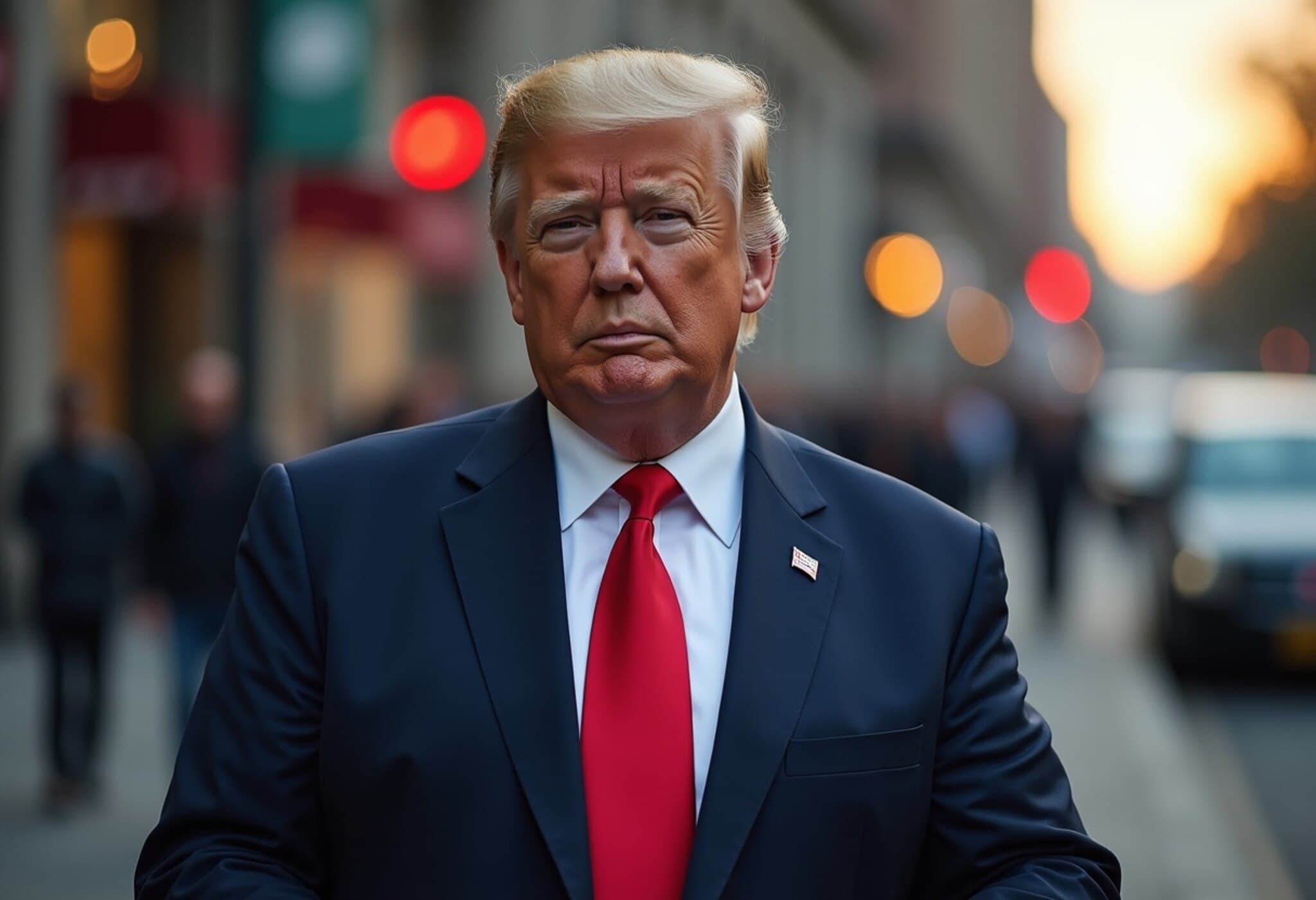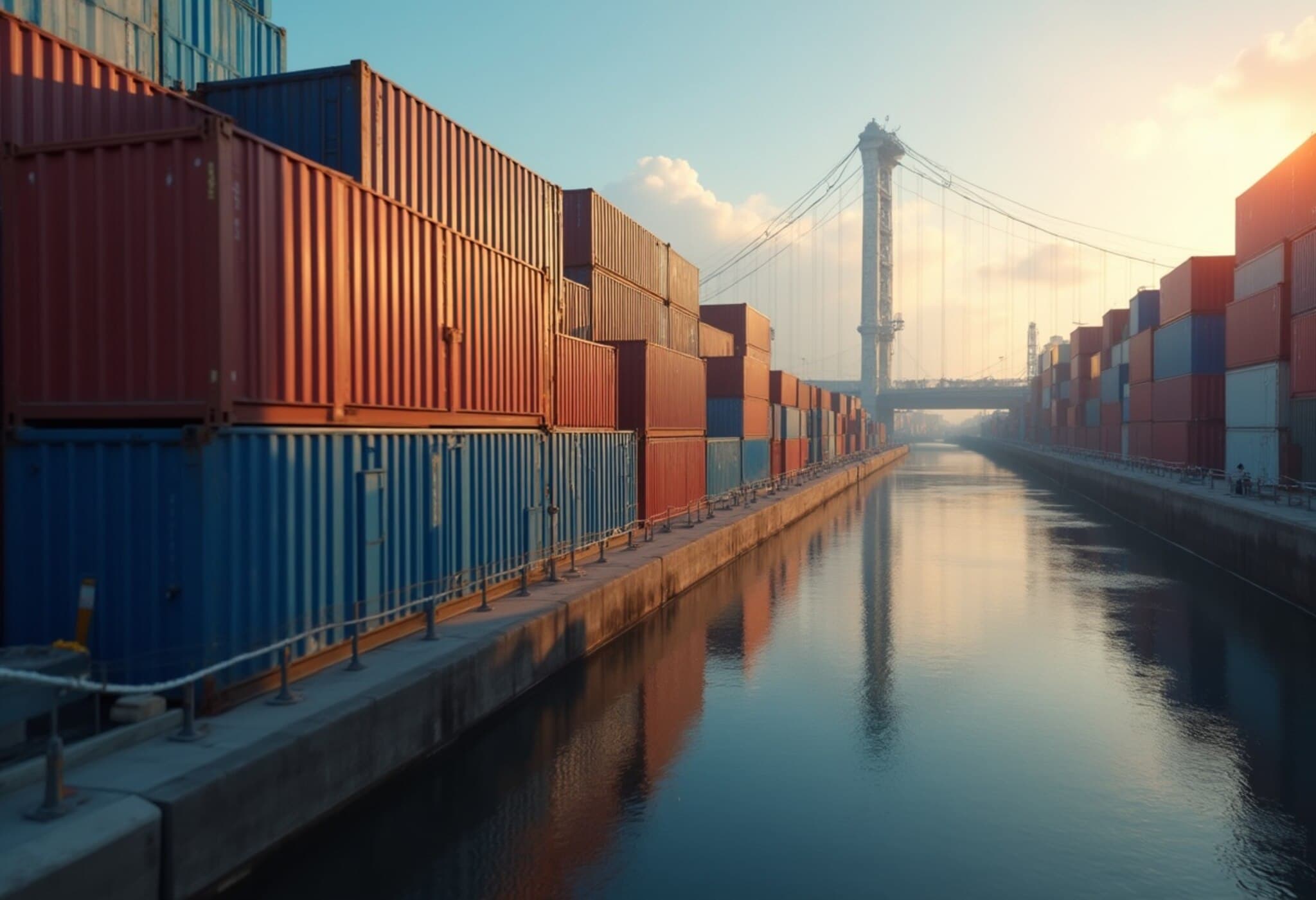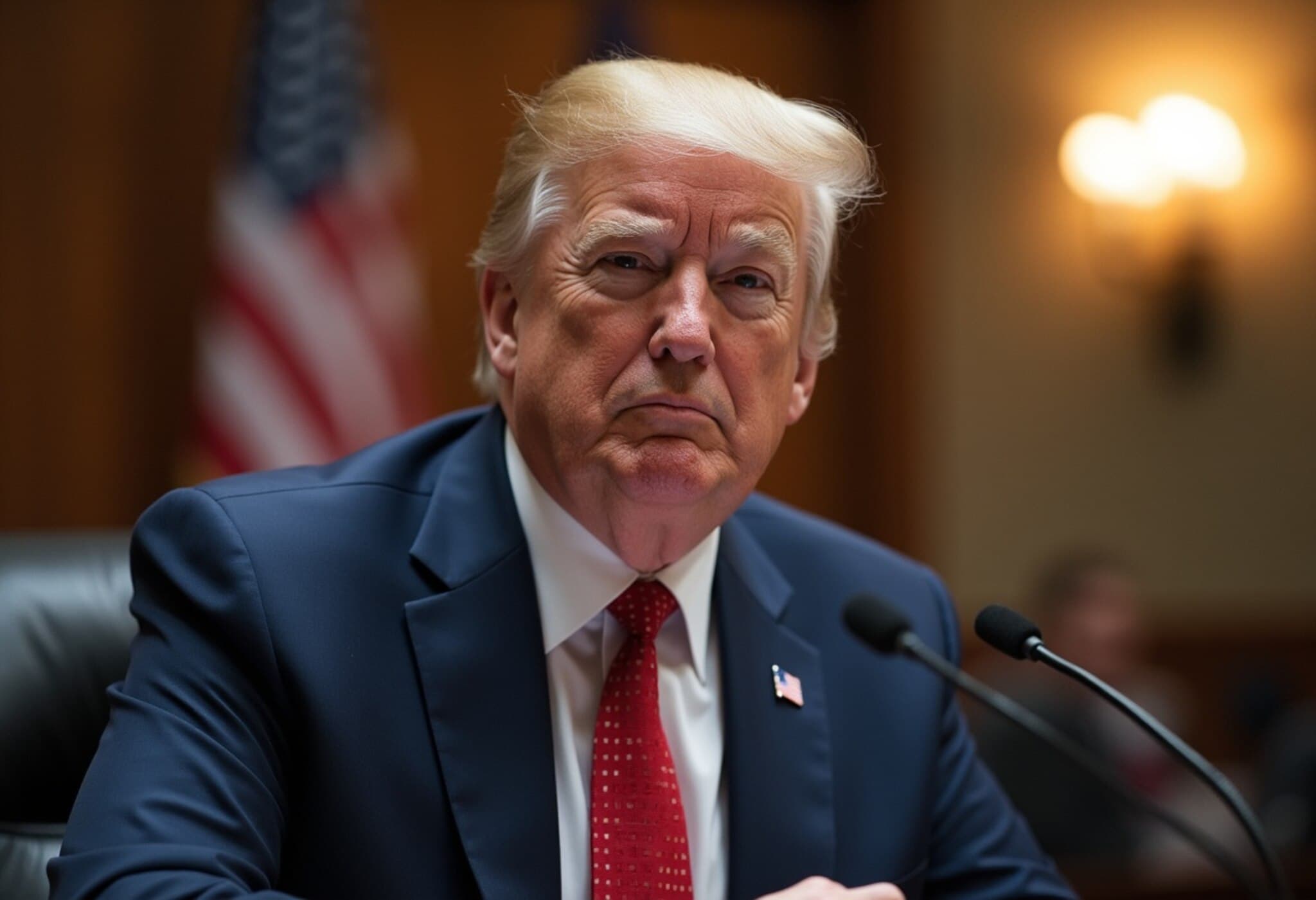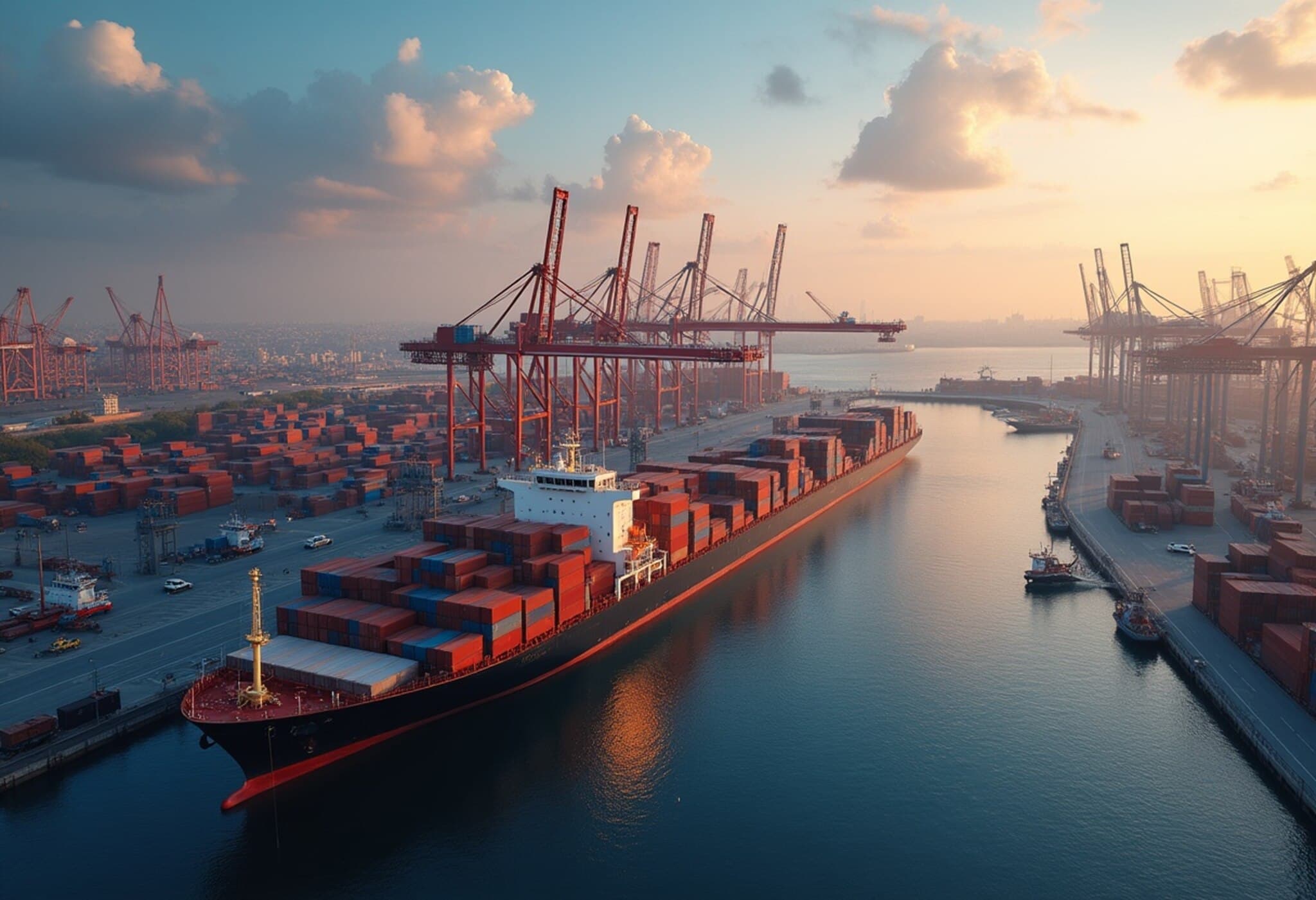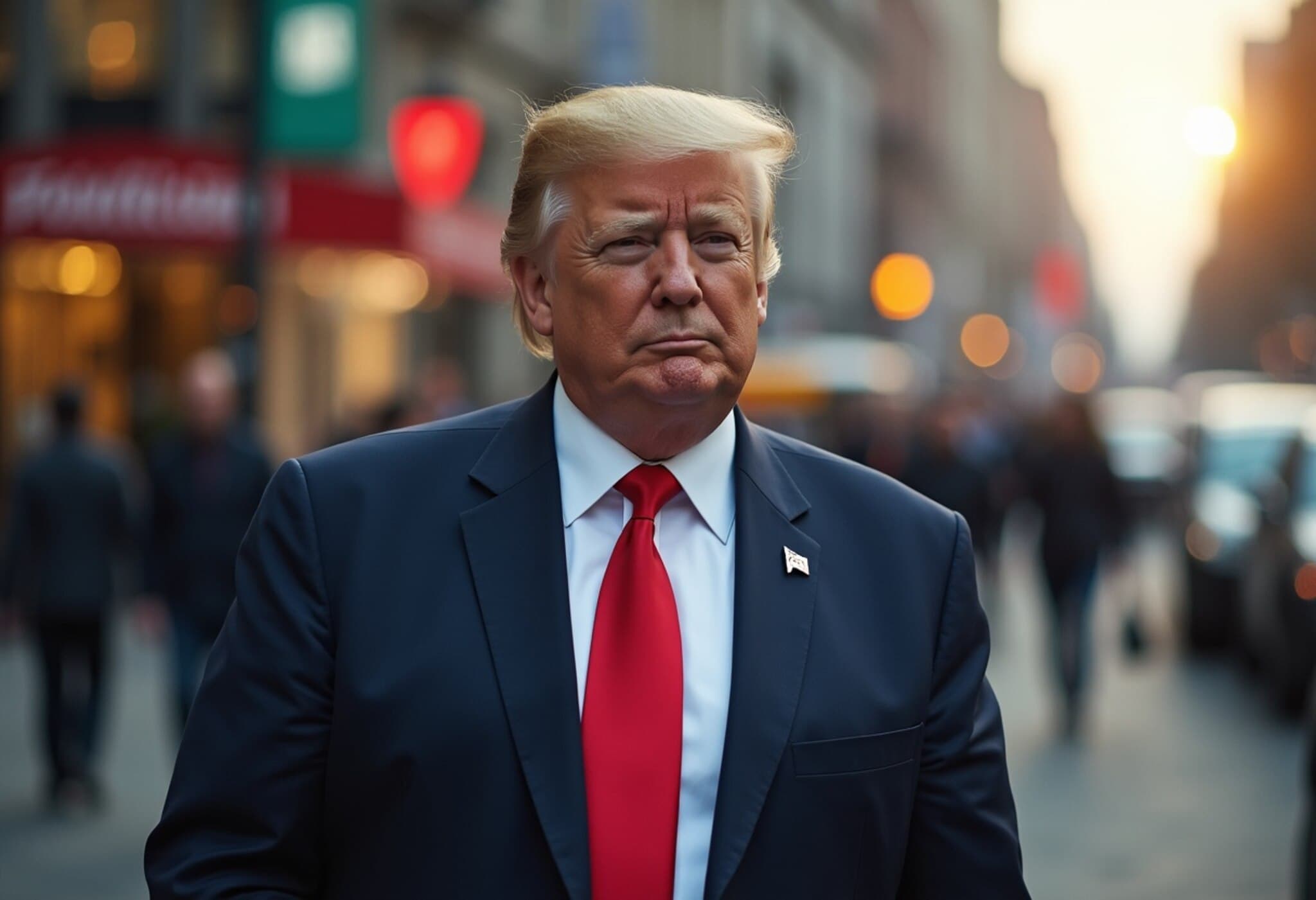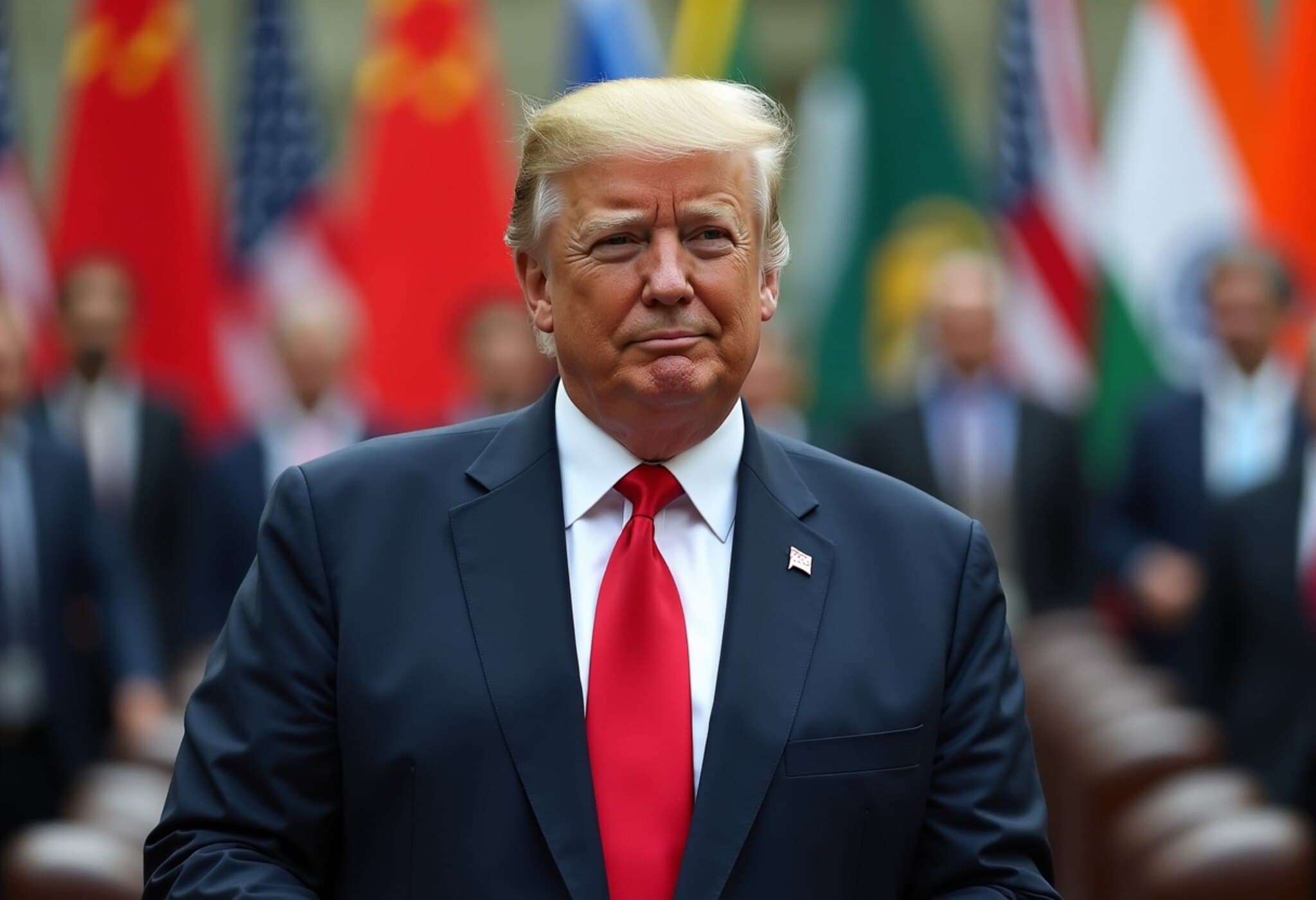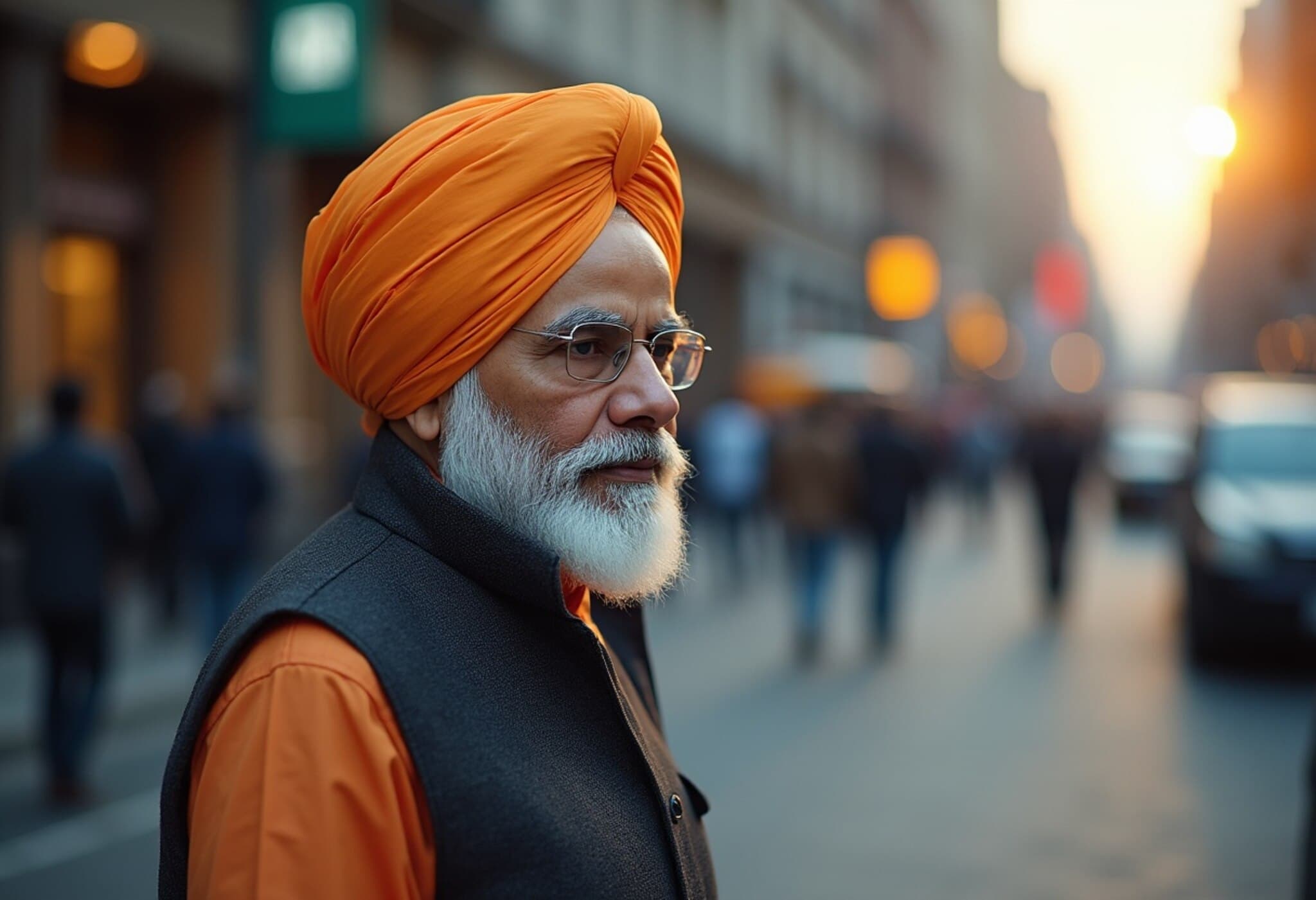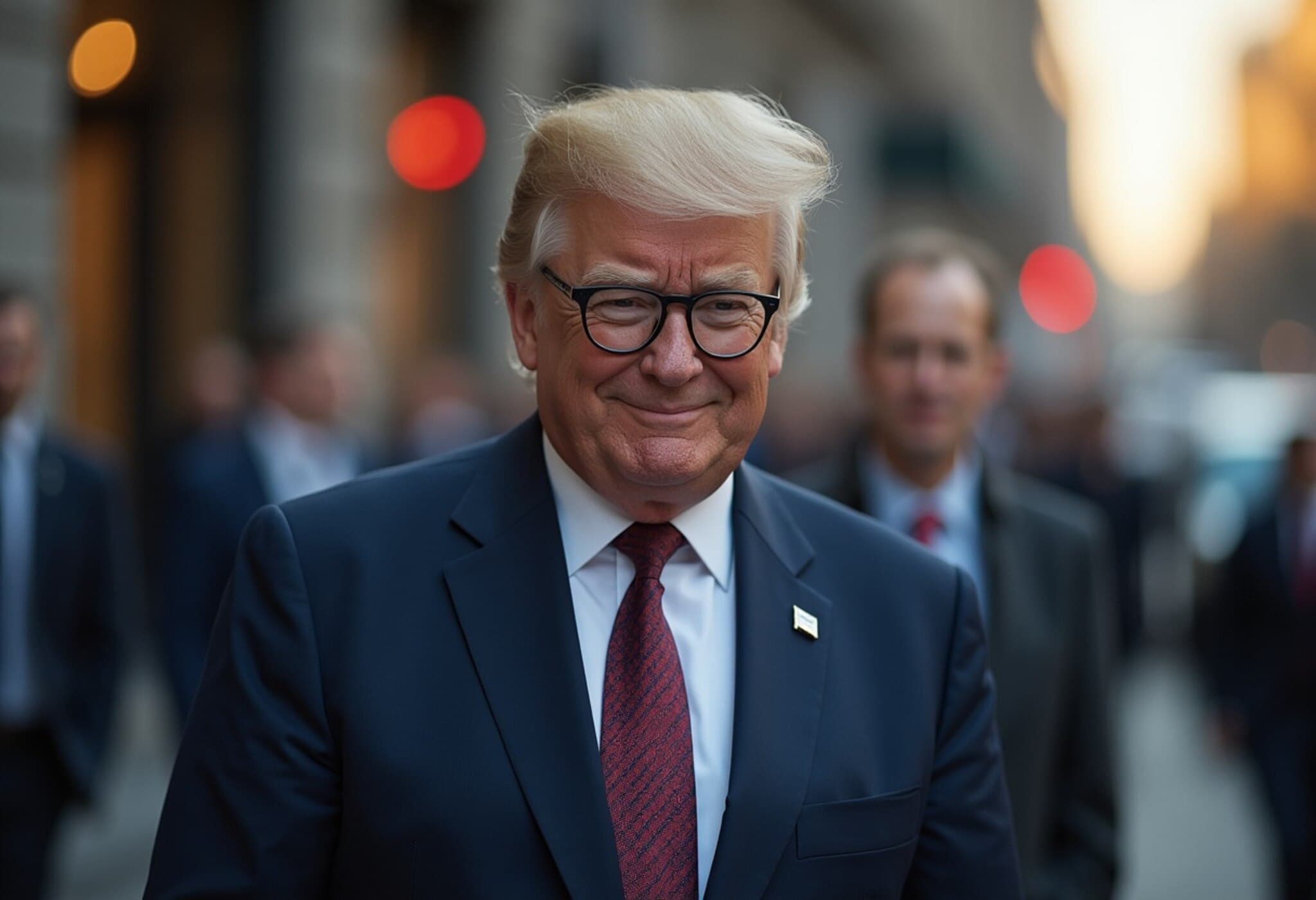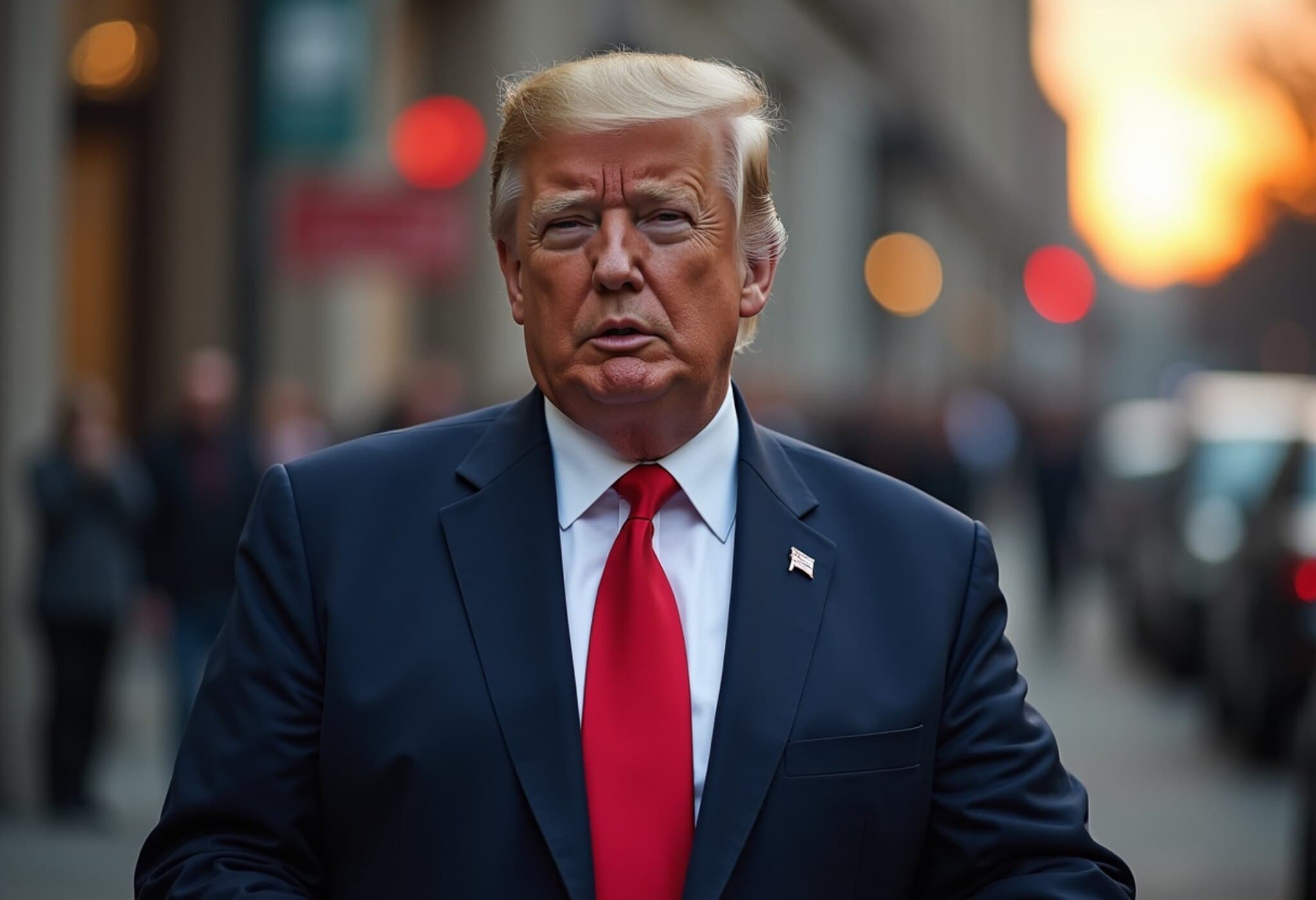US Announces 10% Tariffs on Goods from Africa and Caribbean Nations
In a significant move aimed at recalibrating trade balances, US President Donald Trump has announced plans to impose a uniform tariff of just over 10% on imports originating from approximately 100 smaller countries, notably those in Africa and the Caribbean. This strategy reflects an effort to address what the administration describes as trade imbalances with nations that currently contribute modestly to overall US trade volumes.
Details of the New Tariff Plan and Its Scope
Commerce Secretary Howard Lutnick elaborated that these tariffs, expected to take effect from August 1, 2025, target countries with relatively low trade activity with the US. "We are focusing on nations whose trade contributions are currently insignificant but still merit revisions to ensure a fairer economic exchange," Lutnick commented. The list includes roughly two dozen countries and the European Union, all officially notified through letters dispatched in recent weeks.
Background and Timeline of the Tariff Policy
Initially, the tariffs were scheduled to commence on July 9, but the administration extended this deadline to allow for further negotiations. This extension aimed to give trading partners room to engage in dialogue and broker agreements potentially mitigating tariff impacts. This announcement follows an earlier April 2 declaration that stirred global financial markets, leading to a 90-day moratorium to encourage negotiations — a period now concluded.
Pharmaceuticals and Technology Products Also Targeted
Beyond general goods, President Trump indicated plans to impose tariffs on pharmaceutical drugs by the end of the month. Aware of the critical nature of medicine supply chains, Trump intends to start with lower tariff rates and provide a grace period of one year for pharmaceutical companies to establish domestic manufacturing capabilities before higher tariffs apply. Similarly, computer chips and semiconductors are expected to undergo a phased tariff implementation, reflecting the administration’s push towards strengthening domestic production in strategic sectors.
Implications and Expert Perspectives
Trade experts and economists have expressed mixed reactions to these measures. Some applaud the ambition to address trade deficits and stimulate onshore manufacturing, especially in sensitive sectors such as pharmaceuticals and semiconductors, which are vital to US national security and technological leadership.
However, critics warn that broad tariffs on smaller nations, many of which are developing economies, could strain diplomatic relations and hinder economic growth in regions striving for broader integration into global markets. African and Caribbean countries often rely on exports to the US as critical economic lifelines. Imposing tariffs may escalate costs for American consumers and businesses reliant on those imports, potentially sparking retaliatory measures.
Questions Raised and Underreported Angles
- How will these tariffs impact US-Africa trade initiatives and economic development goals?
- What mechanisms will the US government deploy to support domestic industries and consumers affected by these tariffs?
- Are there provisions for exemptions or support for countries demonstrating progress in bilateral trade negotiations?
- What are the broader geopolitical implications for US relations with smaller trading partners?
Looking Ahead
The rollout of these tariffs underscores a complex balance of protecting domestic interests while navigating intricate international trade relationships. As the August 1 deadline looms, stakeholders worldwide will be closely monitoring how these policies unfold and what negotiations may yet arise to mitigate their impact.
Editor’s Note
The proposed tariffs represent more than a mere economic policy shift; they signal a recalibration of the US’s approach to global trade with smaller economies. While aimed at correcting trade imbalances and fostering domestic production, such policies carry risks of unintended consequences, including potential trade tensions and adverse effects on developing nations. Readers are encouraged to watch for how this evolving scenario balances economic nationalism with the interconnected realities of global trade.

